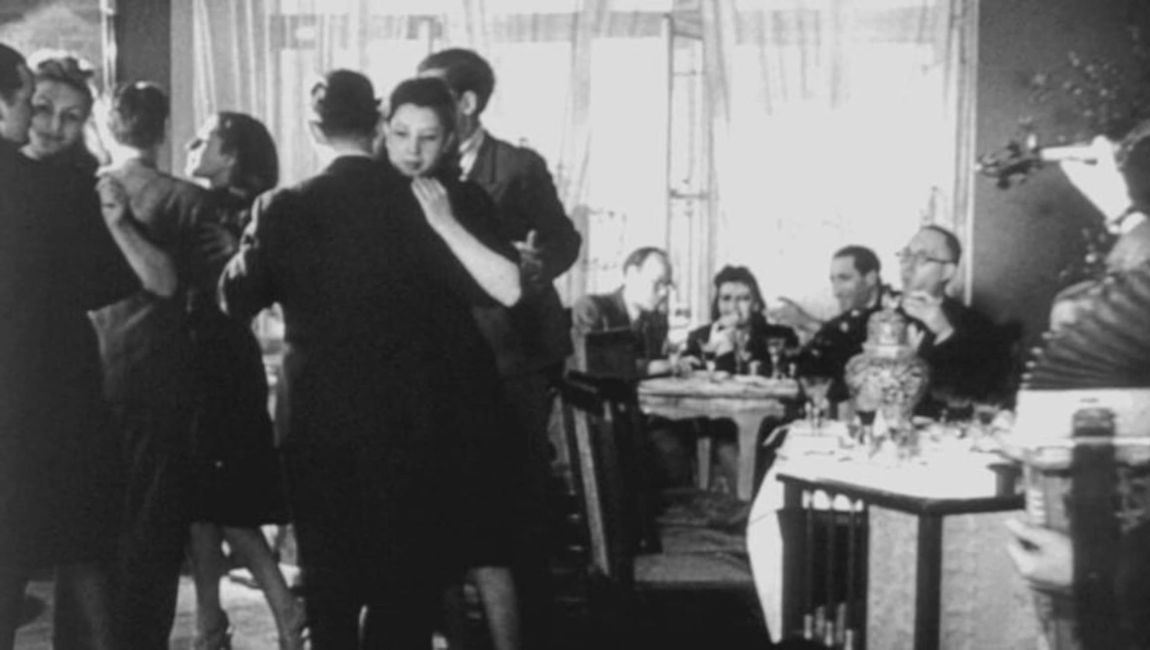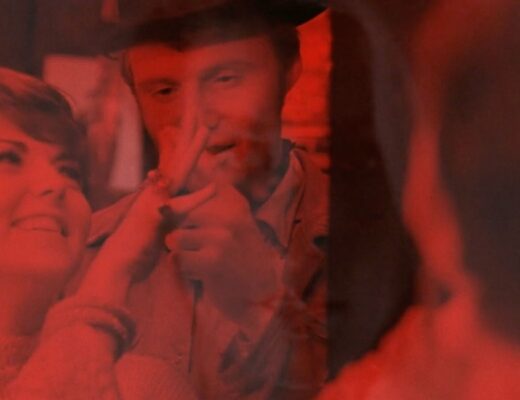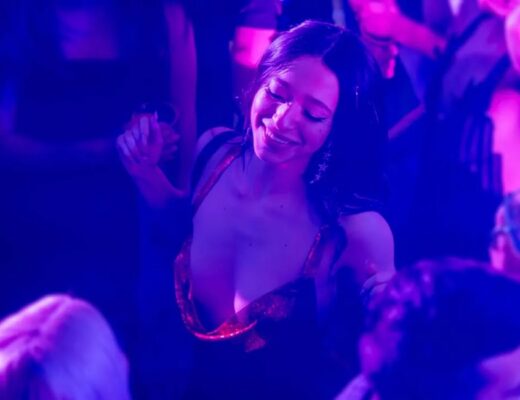No one’s going to argue that the Nazi propaganda machine, helmed by Joseph Goebbels, didn’t exploit the power of the filmed image. Case in point, Leni Riefenstahl’s Triumph of the Will” — the golden mean of ideological manipulation. And in the shadow of Riefenstahl’s work lie thousands of less grandiose but no less potent films, all of which were made to promote and propagate the politics of the regime. After the war, many films were found tucked away in a bunker, including one titled The Ghetto. Shot in the Warsaw Ghetto in May of 1942, this film was heralded as one of the most accurate documents of the physical and social conditions of the largest Jewish internment camp of WWII. But The Ghetto is not a factual documentary. Much later, another reel of film was discovered, this one depicting how The Ghetto‘s shots were staged and its actors exploited for effect. The real Ghetto was a small area of land in Warsaw, established in 1940 by the Germans, where local Jews and Romani were forced to live. Contained by a wall patrolled by armed troops, the Ghetto foreshadowed the concentration camps, and its conditions were only slightly better. Although more and more people were herded into the Ghetto, rampant starvation and disease kept the population numbers static.
Director Yael Hersonski explores the dubious archive material in The Ghetto, and she does so with delicate specificity and heart-wrenching veracity. Aided by the testimonies of five survivors and accounts from journals, Hersonski’s A Film Unfinished dissects the obtuse intentions and callous oblivion of the original filmmakers. The most perplexing thing about the stark black-and-white images of poverty and malnutrition is how they could be used for anything other than exemplifying human suffering. But nothing is quite as it seems in The Ghetto. The numerous shots of bodies, some dead and some near death, that are ignored uncaringly by passersby possess a calculated reality. While one survivor admits that everyone used indifference as a means of enduring, the truth emerges that those people, apparently apathetic toward starvation in the streets, were actors under duress — they were forced to walk by and then do it again and again, until the shot was “right.” Once you realize the implications, you start to recognize the fear and torment in the faces of the unwilling performers. The objective of much of the staging in The Ghetto was to juxtapose the wealthy with the impoverished (sometimes quite literally) in order to portray the Jews as cold-hearted beasts even towards their own people.
Frivolity was exaggerated, and scenes of wealth and plenty were absurdly manufactured. The cruel reality of the Warsaw Ghetto was extreme overcrowding and rationing, precursors to Treblinka extermination camps. The fact that the footage was shot just a few months before the Nazis started shipping people out is a painful harbinger of what was to come. The harrowing final images of A Film Unfinished put the audience face to face with the burden of our scarred collective unconscious and the frightening intimacy of personal loss. And although the revelations here are slight, A Film Unfinished nonetheless packs punch. Interviewees act as mediators between potential complacency and theatricality, a perfect balancing act of objectivity and subjectivity. Hersonski is careful to not take advantage of the material and her subjects, but she also leaves many questions about the film open-ended. What was The Ghetto used for? Was the project shelved once the deportation of the residents began? Was this a propaganda film that was unfinished or is it our reconciliation that is unfinished? All told, this hour of film, and the abstract outtakes that finally accompany it, is not only a portrait of the shrewd nature of propaganda but also a smack in the face to our clinical approach to history.







